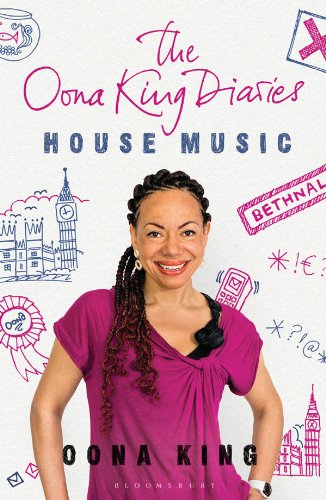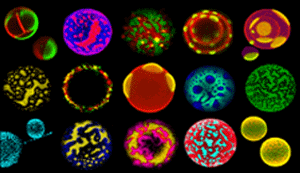- Details
- In the Press
The launch speech from Oona's campaign to become Labour's mayoral candidate, Haverstock School, 26 May 2010
I’m delighted to be back here in the area I grew up, and at Haverstock, my old school. Today is the beginning of a journey that I hope will take me from Haverstock to City Hall. But I’d also like to talk a bit about the journey’s you’ll take, and the journey’s you’ll make in your lives.
If you took a helicopter and flew from Epping forest to the South Downs, from Rainham Marshes to Richmond park, what would you see? You’d see a citadel stretching in every direction, containing fantastic landmarks, a river running through it and big green parks.
- Details
- In the Press
White supremacy is so last century. These days it's on-trend to be a mixed-race supremacist . Unlike the British National Party, mixed-race people can now point to scientifically credible research that highlights the various biological advantages of their ethnicity.
And that's not to mention the anecdotal evidence pointing to sports stars and celebrities such as Lewis Hamilton, Theo Walcott and Leona Lewis as representing the new ideal of physical beauty.
But is this just a media fad, sparked by the election of the world's most famous mixed-race person as President of the United States? And now that mixed-race people are our fastest growing ethnic group, what does it mean for Britain's uneasy relationship with race?
- Details
- In the Press
The Black Panthers A collection of photographs by Stephen Shames
The Revolution will not be televised. But if it is, it should star the Black Panthers. The Black Panther Party, one of the most iconic movements to emerge from a century filled with revolution, caught the imagination of oppressed people the world over. Their narrative was of bread and guns. Their imagery was key, and it is fitting that the 40th anniversary is marked by the publication of a photographic history. Stephen Shames, a close friend of founding Panthers Bobby Seale and Huey P Newton, photographed the movement between 1968-73, during years of extraordinary social change.
- Details
- In the Press
Have you ever wondered what Westminster is really like? What it feels like and tastes like from the inside? If so, regardless of your gender or politics, this is a book you have to read. Boni Sones succeeds in bringing Westminster to life, as well as shining a light on the traditionally male world of parliament, fashioned by 500 years of men-only shortlists.
Women in Parliament deconstructs the ‘Blair’s babes’ phenomena to give readers a real taste of what happened when the 1997 election doubled the number of women in parliament overnight. But, even after this huge increase in women, 82% of MPs were still men. It is no wonder that women, a small minority of parliamentarians, weren’t able to transform the Commons overnight. Yet they remained burdened with vast expectations.
- Details
- In the Press
Do you remember Hurricane Katrina? It not only destroyed New Orleans, but also laid bare the ugly truth about America's racial divide. I reported on the disaster for the Guardian, and set out on a personal journey through the southern states to see what had changed since my African-American dad was forced to flee the US on racially-motivated charges. The last time I visited New Orleans I was a student travelling around America. It was the first time in my life that I was physically thrown out of somewhere for being black. "We don't have niggers like you here!" yelled the manager of a scummy youth hostel before throwing my belongings out of a first-floor window, scattering them over the street.

